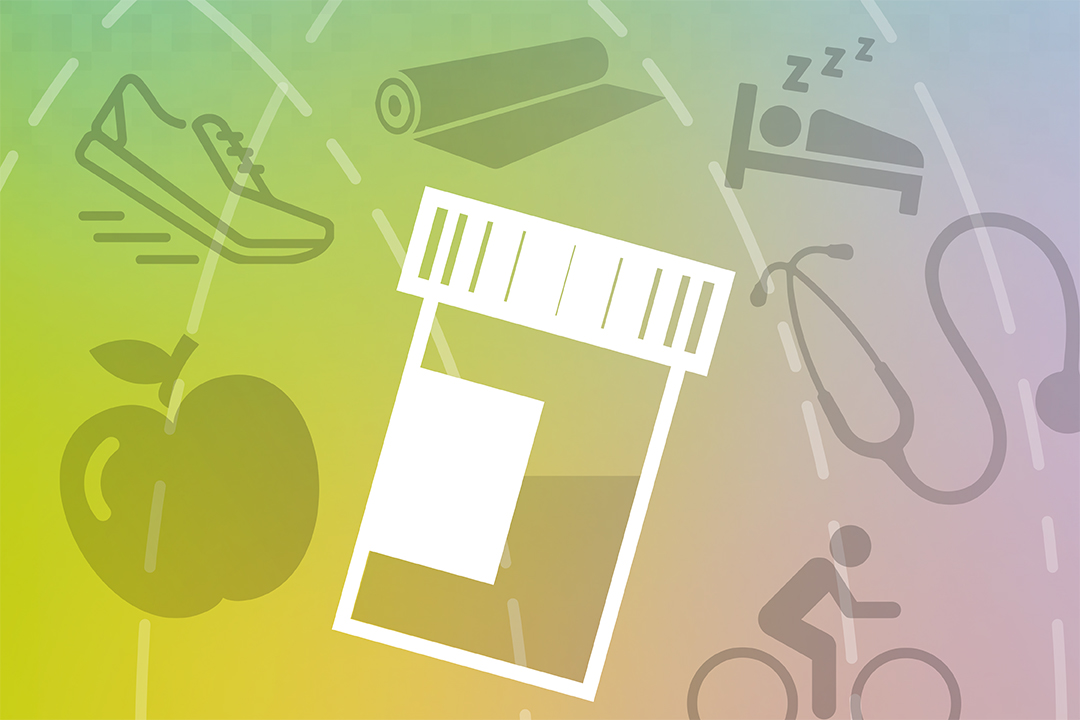
USask works to break stigma around sexual health
Students are used to taking tests, but the test they are not taking enough of, according to Rita Hanoski—health education co-ordinator at the Student Wellness Centre—is one that can play a major role in the reduction of Sexually Transmitted Infections (STIs).
By JORDANA LALONDEHanoski said one of the ways the University of Saskatchewan (Usask) is working to reduce the stigma around STIs is by organizing a testing day when all students, staff and faculty are invited to submit a urine sample to show their support of sexual health.
“By creating events such as these, we are normalizing good health decisions,” said Hanoski. “Students see their colleagues take the ‘test,’ which adds to the normalizing.”
This year’s event was held on February 27 at six locations across campus. A total of 406 students, staff and faculty participated in the event by getting tested for chlamydia and gonorrhea.
Hanoski said that events like these work because they put a fun twist on a more serious issue. The university community not only showed its support by submitting a sample, but also had the chance to win prize packages and $500 to their college’s charity of choice.
The Student Wellness Centre organized the event in collaboration with Peer Health, a group of student volunteers, the College of Nursing, the Campus Medicine Shoppe, the USask Students’ Union, the Saskatoon Sexual Health Clinic, OUTSaskatoon, the Saskatchewan Prevention Institute, and AIDS Saskatoon.
Lauryn Kronick, education and prevention co-ordinator at AIDS Saskatoon, said that events like these send an important message to the community.
“Having an accessible and awareness-raising event on campus helps not only to reduce the negative stigma associated with sexuality and sexual health, but it also reaches a broader audience that may not otherwise get tested,” said Kronick.
Beyond this event, Kronick hopes to see this lead to a movement across the province of young people taking action on sexual health. This is especially important in Saskatchewan, she said, where rates of HIV infection, Hepatitis C, and STIs remain the highest in the country.
“Whatever can be done to reduce the increase should be done,” said Hanoski. “This means going beyond STI testing day and making sexual health a priority throughout the entire year.”
Hanoski said anyone who is sexually active or has had multiple partners should get tested regularly, even if they use protection when they have sex. Hanoski said it is important to remember that not all STIs have symptoms and usually there is no way of visually knowing if a person has one or not.
Although STI testing day is a step in the right direction, Hanoski said more still needs to be done to move toward de-stigmatizing the issue.
“We need to talk about it more. However, this initiative is helping,” she said. “Health practitioners at the Student Wellness Centre say more students are dropping by to get tested for STIs than in past years. And that’s good.”

